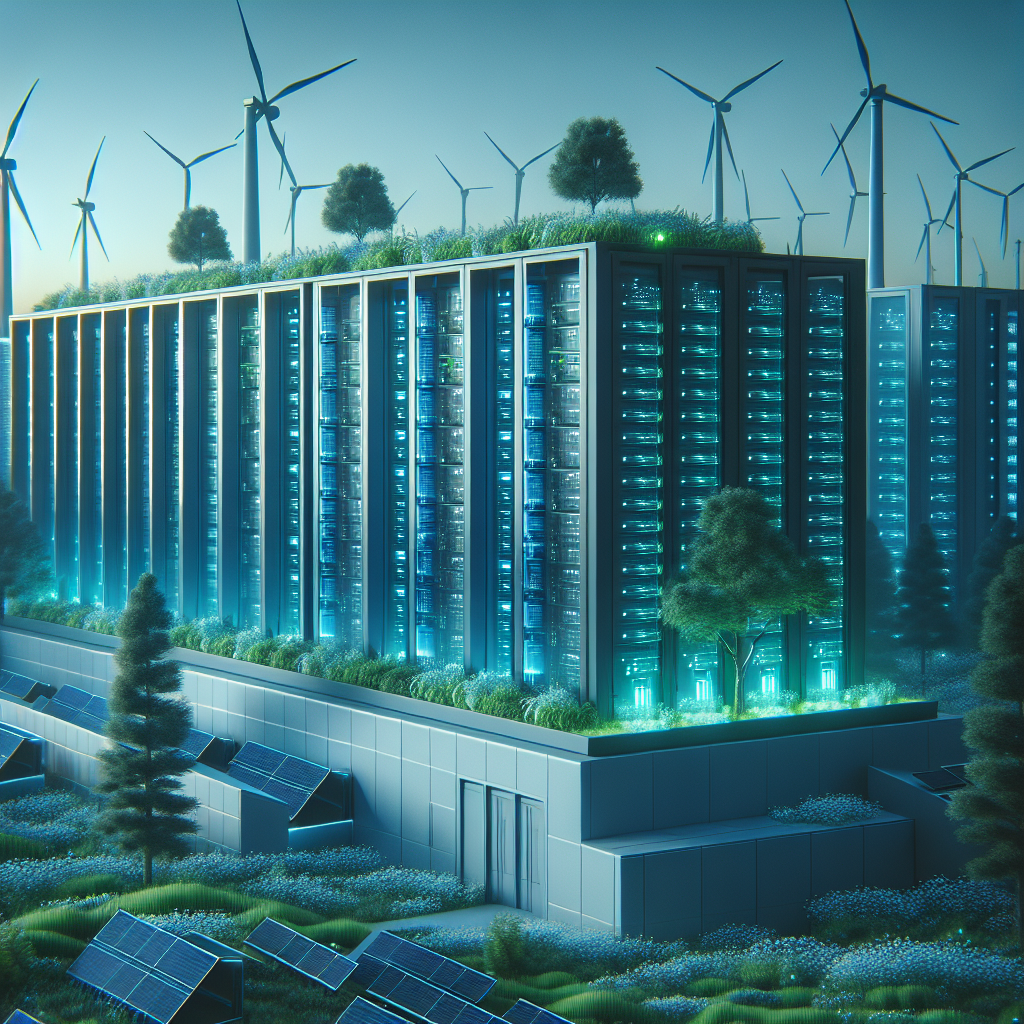In today’s digital age, data centers play a crucial role in storing and processing vast amounts of information. However, these facilities consume a significant amount of energy, contributing to high operational costs and environmental impact. As businesses strive to reduce their carbon footprint and lower expenses, improving data center energy efficiency has become a top priority.
Fortunately, there are several strategies that organizations can implement to optimize energy usage within their data centers. By adopting these best practices, companies can not only reduce their electricity bills but also mitigate their environmental impact. Here are some top strategies for improving data center energy efficiency:
1. Virtualization: Virtualizing servers and storage devices can significantly reduce the number of physical machines required to run applications and store data. This consolidation helps to minimize energy consumption and cooling requirements in the data center, leading to lower operational costs.
2. Energy-efficient hardware: Investing in energy-efficient servers, storage devices, and networking equipment can help reduce power consumption within the data center. Look for products with high Energy Star ratings or other certifications that indicate they meet strict energy efficiency standards.
3. Temperature and humidity control: Maintaining optimal temperature and humidity levels in the data center is crucial for energy efficiency. Implementing hot and cold aisle containment, using efficient cooling systems, and monitoring environmental conditions can help reduce energy consumption associated with cooling.
4. Power management: Implementing power management tools and practices, such as turning off unused servers and devices, can help reduce energy waste in the data center. Utilizing power management software to schedule automated shutdowns during off-peak hours can further optimize energy usage.
5. Renewable energy sources: Consider incorporating renewable energy sources, such as solar or wind power, to supplement the energy needs of the data center. By generating clean energy on-site or purchasing renewable energy credits, organizations can reduce their reliance on fossil fuels and decrease their carbon footprint.
6. Energy monitoring and analytics: Installing energy monitoring systems and using analytics tools can provide valuable insights into energy usage patterns within the data center. By analyzing this data, organizations can identify opportunities for optimization and make informed decisions to improve energy efficiency.
7. Employee training and awareness: Educating data center staff on energy-saving practices and encouraging them to adopt energy-efficient behaviors can help foster a culture of sustainability within the organization. Simple actions, such as turning off lights and equipment when not in use, can collectively contribute to significant energy savings.
In conclusion, improving data center energy efficiency is essential for reducing operational costs and environmental impact. By implementing strategies such as virtualization, using energy-efficient hardware, optimizing temperature and humidity control, and incorporating renewable energy sources, organizations can enhance their data center’s energy efficiency and sustainability. Additionally, leveraging power management tools, monitoring energy usage, and promoting employee awareness can further drive energy savings and support a greener future.


Leave a Reply